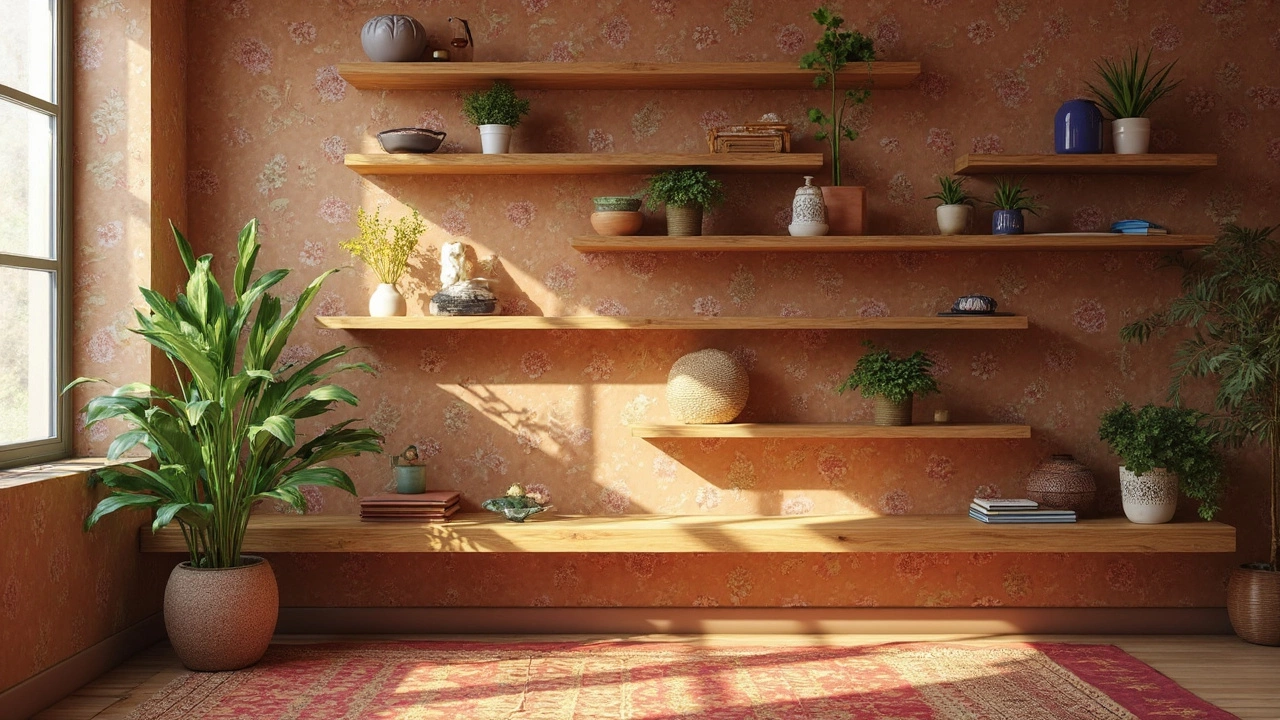
Are Drapes More Expensive Than Curtains? Your Real-World Cost Comparison
Ever wondered if drapes actually cost more than curtains? This article takes a no-nonsense look at how much you’ll pay for each, what you’re really getting for your money, and why those price differences happen. With tips for finding deals and real-life examples, you’ll come away knowing which option fits your home and your wallet. Plus, you’ll pick up a few tricks for spotting quality. Let’s pull back the layers on the drape vs. curtain price battle.
View More